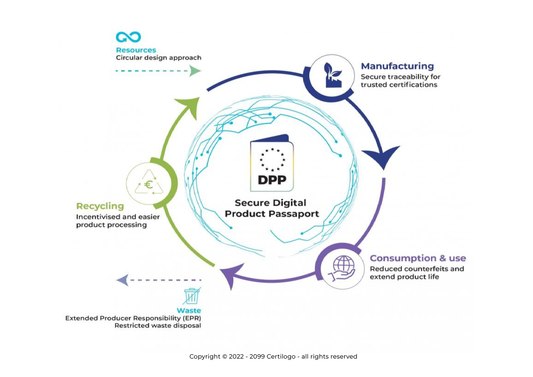What is sustainability reporting? Is it important for fashion brands?
Bring you own...bag! BYOB makes its way into fashion
Fashion upcycling: a new way for brands to be sustainable
Common elements of successful fashion brands you can take inspiration from
Between communication and sustainability: the importance of packaging in fashion
How much of an ally can AI be in the fight against counterfeiting?
What is the Digital Product Passport?
What are the science-based targets for fashion to combat climate change?
Why “bringing products online” is essential
What is regenerative fashion?



























